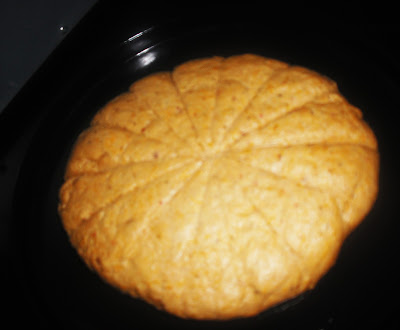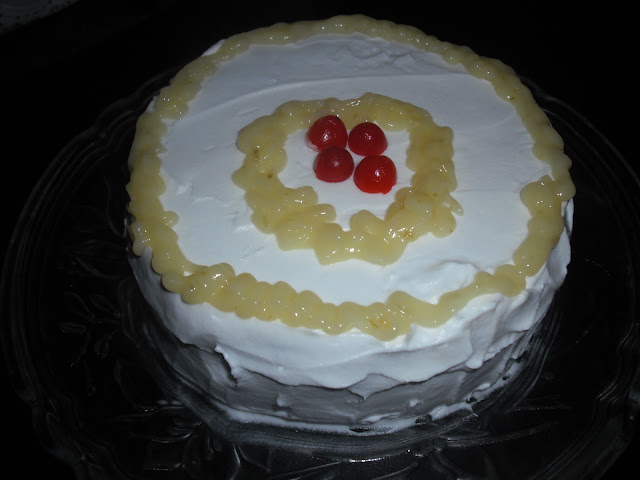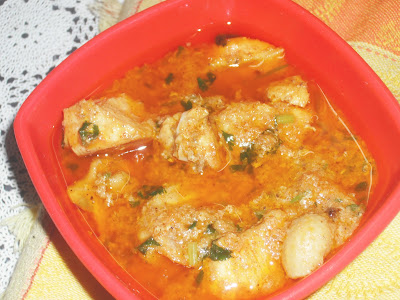Come Sunday and it is time for many of us to indulge in some good food. It is said that cooking is a great way to unwind. For me cooking and blogging about food is almost therapeutical. To know more about the speciality of cuisine around the world and to encourage experimentation with new recipes, a Sunday Special event is being launched at this blog. Join me every week to display the specials we cooked for our dear ones and get to know what has been cooked in our friend's kitchen.
Sunday Special
the weekly event at roshan's cucina
# Send in any special recipe prepared on Sunday with a brief write up
# Only fresh posts may be sent. Old post may be reposted
# Entries close on Thursday at 2000 hrs IST(first edition on 24.09.2011) . Late entries will be considered for the following week
# Link back the recipe to the Sunday Special page with the logo
# Mail the recipe to cookingwithroshan@gmail.com
# The Sunday Special recipe will be published every Saturday night































